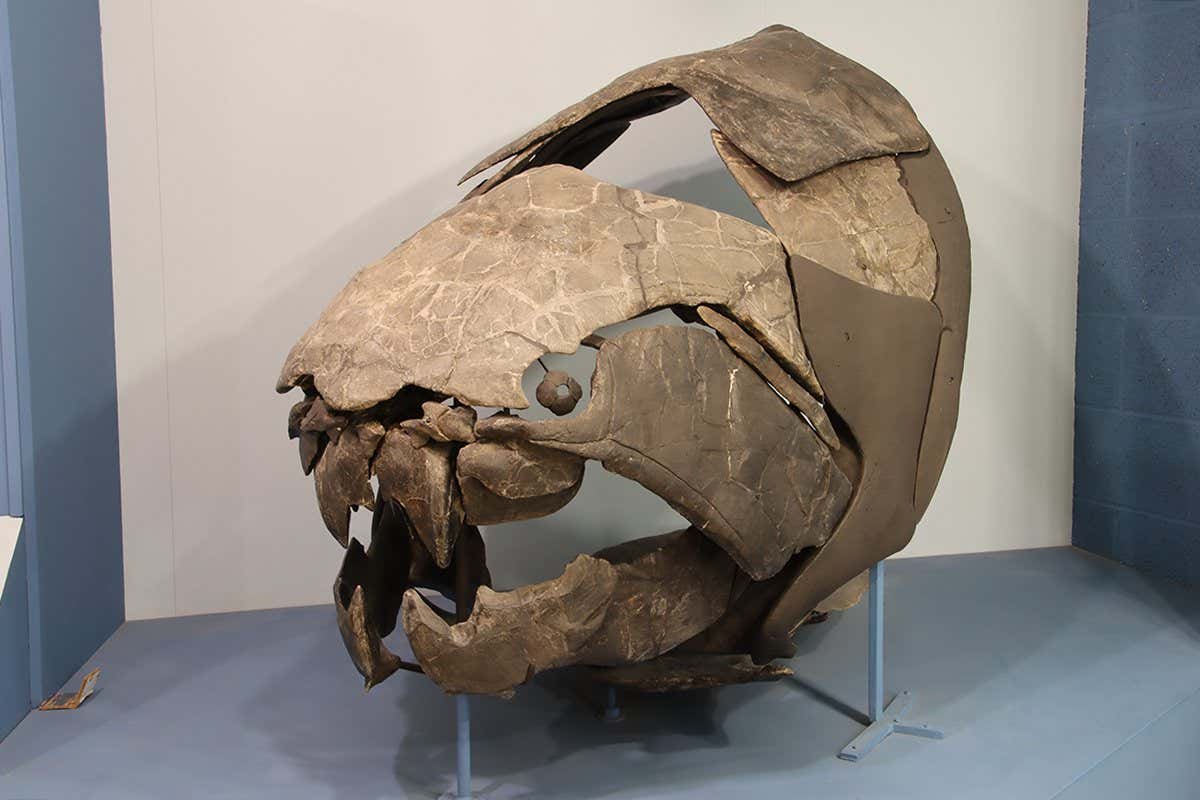Giant Fish Myth Busted: Surprising New Findings Revolutionize Marine Biology
For centuries, tales of colossal fish lurking in the ocean's depths have captivated imaginations. From the legendary kraken to less fantastical accounts of enormous sharks and whales, the myth of gigantic marine creatures has persisted. But recent scientific discoveries are challenging these long-held beliefs, revealing surprising new findings that are reshaping our understanding of marine life size and distribution.
Debunking the Megalodon Myth and Other Giant Fish Tales
The most famous example of a giant fish myth is perhaps the megalodon, a massive extinct shark. While fossils confirm its existence and immense size, new research suggests its maximum size might have been significantly smaller than previously thought. Scientists are now using advanced techniques like 3D modeling of fossil teeth and vertebrae to refine size estimations, leading to a more accurate—and less dramatic—picture of this prehistoric predator.
This isn't just limited to megalodon. Many other accounts of enormous fish, often based on anecdotal evidence or unreliable estimations, are being reassessed. Improved underwater technology, such as advanced sonar and remotely operated vehicles (ROVs), allows for more precise observation and measurement of marine life, challenging previously accepted "giant fish" narratives.
New Discoveries: Size Matters, But Context Is Key
While the myth of truly gigantic, previously unknown fish species is largely debunked, recent discoveries highlight the surprising size of some known species. For example, recent research on certain deep-sea anglerfish has revealed larger-than-expected individuals, expanding our understanding of their size range. However, this doesn't necessarily mean these fish are "giant" in the mythical sense.
The key takeaway here is context. What constitutes a "giant" fish is relative. While a colossal squid might be considered giant compared to a goldfish, it's essential to understand the size within the context of the species and its environment.
The Impact on Marine Biology and Conservation
These new findings have significant implications for marine biology and conservation efforts. Accurate size estimations are crucial for understanding population dynamics, trophic interactions (how species interact within a food web), and ultimately, for developing effective conservation strategies. Overestimating the size of a species can lead to miscalculations in resource management and conservation planning.
Furthermore, the debunking of myths about giant fish encourages a more rigorous and evidence-based approach to marine research. This means relying less on folklore and more on concrete scientific data, leading to a more accurate and nuanced understanding of the ocean's biodiversity.
The Future of Giant Fish Research
The field of marine biology is constantly evolving, and our understanding of marine life continues to improve. As technology advances and researchers delve deeper into the ocean's mysteries, we can expect more surprising discoveries to challenge existing assumptions about marine life size and distribution. This ongoing exploration will not only further refine our understanding of the marine environment but will also enhance our conservation efforts to protect these incredible creatures.
Call to Action: Stay informed about the latest breakthroughs in marine biology by following reputable scientific journals and organizations. Learn more about marine conservation and support efforts to protect our oceans. Together, we can ensure a healthy future for all marine life.

